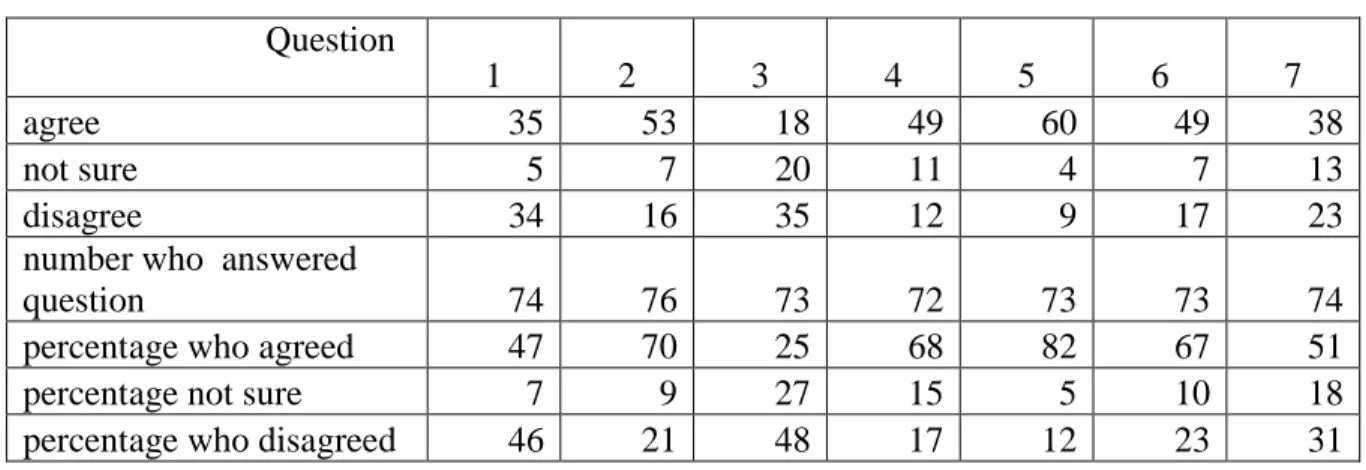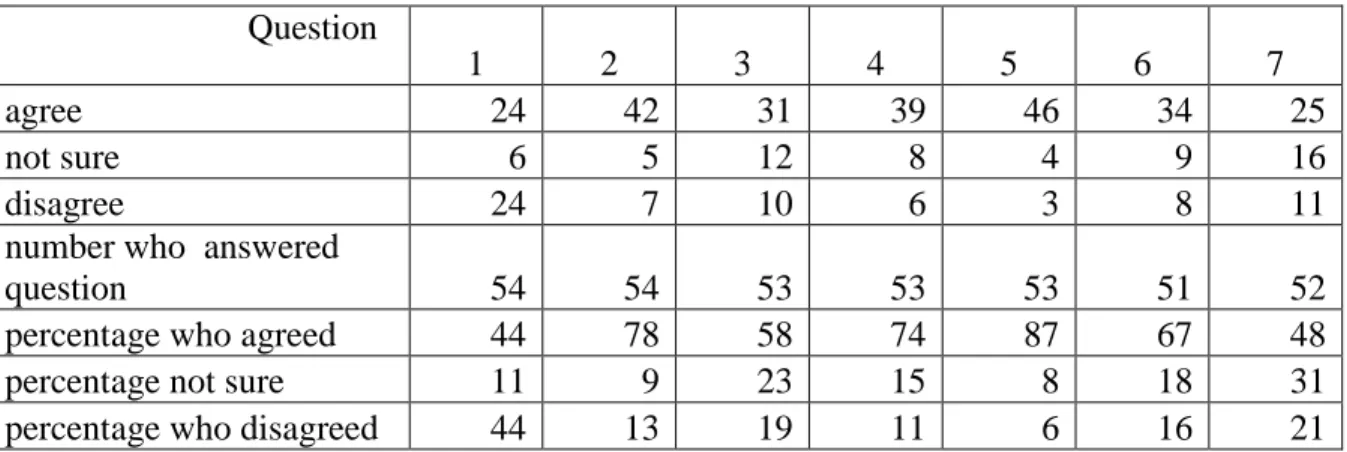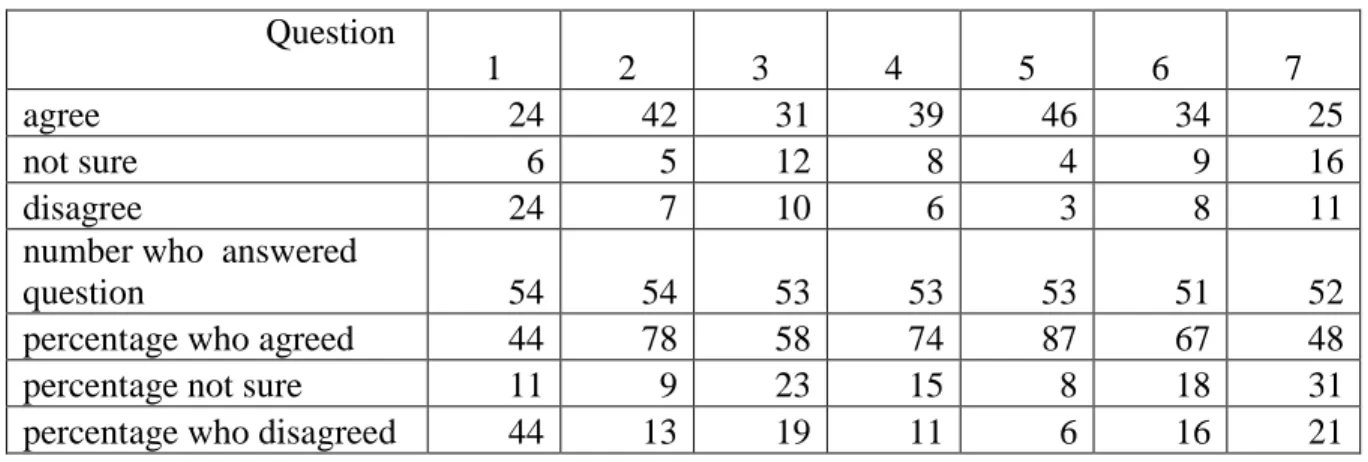Luke said of Jesus, “Yet he often retired to desolate places and prayed” (Luke 5:16).1 The disciples asked Jesus to teach them to pray, just as John the Baptist had taught his disciples to pray (Luke 11 :1). . Pharisees.3 The disciples of Jesus noticed that John had instructed his disciples in prayer, and they demanded similar instruction from Jesus. The verb "come" in prayer is a divine direct object.8 The coming of the kingdom will be accomplished by God.
He writes: "The prayer is difficult to subdivide, because it is essentially a unity, but it is possible to distinguish a movement."13.
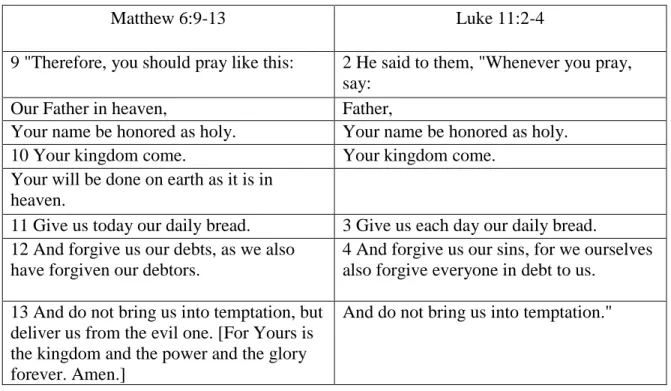
The Return of Glory at the Conclusion of the Incarnational Mission Conclusion of the Incarnational Mission
M. Bounds
In the 1890s, a debate arose in the Methodist Episcopal South denomination about the legitimacy of the biblical office of evangelist. The spread of the gospel is directly linked to the faithfulness of Christians who pray for the spread of the gospel. Thus the success of the missionaries' spread to the ends of the earth is linked to prayer.
While he believed that revivals were part of God's plan for the spread of the gospel, he also believed that revivals would only happen when people cooperated with God in prayer. Just as the spread of the gospel is propelled by the effects of prayer, prayerlessness leads to neglect of evangelism. Human heats baptized with the spirit of prayer must bear the burden of the message.
Bounds believed that God would not act unless his people prayed for the spread of the gospel. The challenge was to assess the church's evangelical effectiveness and engage the people in conscious prayer. The first goal was to increase the prayer life of the church members.
This goal was addressed through the teaching of the sermon series and Sunday school lessons. Prayer as a heart-to-heart connection with God leads to the transformation of the world around us.
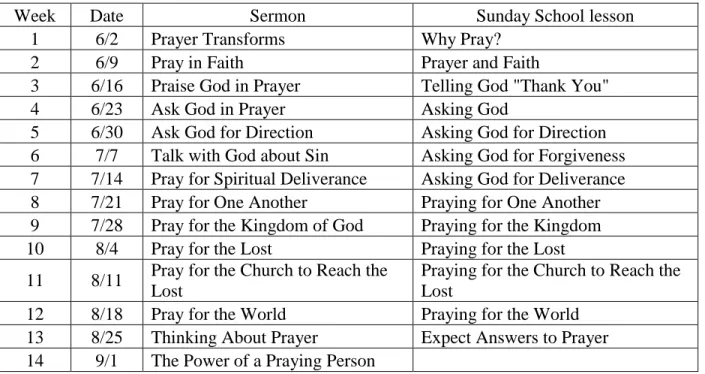
Ask God in prayer. Jesus gave instructions for prayer in the
The Bible teaches that believers can expect God to provide what is asked of Him in prayer. Yet the Bible also gives examples where they give what is asked of Him in prayer. Yet the Bible also gives examples where faithful followers of Christ do not receive what they asked for in prayer.
This tension requires faith that God will do what is best in God's plan. Packer and Carolyn Nystrom.1 Praise is not flattering God in the hope that it will somehow bring us into his favor. Rather, praise is the joy of acknowledging who God is and celebrating our relationship with him.
Since prayer is relational, anything that harms our relationship with God is an obstacle to prayer. A better picture of prayer is a battlefield radio that connects us to headquarters and the rest of the troops. There is a spiritual battle going on and prayer is our connection with God guiding our part in the battle.
Prayer changes the world around us because God uses prayer to accomplish His plan. This part of the sermon series dealt with the role of prayer in the church and the global task of evangelization.
Pray for the lost. The focus of this sermon was to challenge individuals to identity lost people that they know and engage in evangelistic prayer on
Thinking about prayer. This sermon addressed common
I coordinated with the Sunday school director for a year before the project began so that he could plan the implementation. The lead teacher from the Bible Verses class chose not to teach during the thirteen weeks of the project and assigned a substitute teacher. 2. The purpose was to strengthen the Sunday School classes to grow and connect the individual classes to the overall purpose and direction of the entire church.
During the thirteen weeks of the project, I continued the practice of covering the lesson for the following Sunday. 2This teacher exemplifies the independent mindset of many Oakland adult Sunday school classes. A week after the Sunday school class ended, I distributed the same questionnaire that I had used before the project.
The fourth goal of the project was to improve my prayer life and increase my own evangelistic activity. A diary was maintained until the end of the project to provide an assessment of one's own experiences throughout the project. Three goals were for the people from the church and the fourth goal was for me.
The first goal was to increase the prayer life of Oakland Baptist Church members. The attitudes and practices of people in the church were measured by pre-project questionnaires distributed before the start of the sermon series and Sunday school classes.
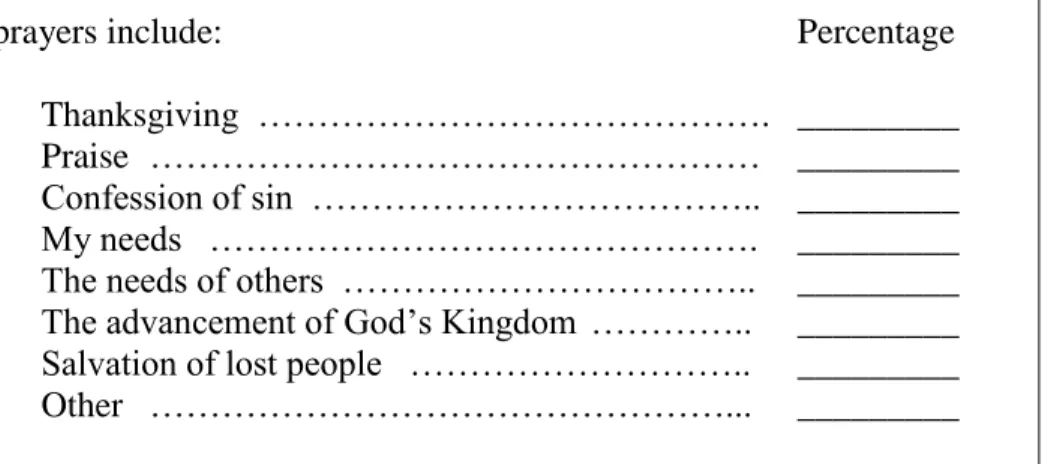
Identify Lost People and Intercede
While the questionnaire does not show a dramatic change over the course of the project, the teacher of one of the larger Sunday School classes, who is also a deacon, told me that the sermon series and Sunday School classes were the best study of prayer he had. ever seen, and his personal prayer life had grown as a result.
Germinate Evangelistic Encounters
The weekly Sunday School class reports provided data on the number of people participating in evangelistic meetings and the total number of meetings.
Improve My Prayer Life
While prayer and evangelism are essential elements of the church, many members feel inadequate in both areas. The mission of the church includes equipping the people of the church in prayer and evangelism. While this project may be part of an ongoing discipleship effort to help the people of the church grow in their relationship with God, it would likely take much longer than thirteen weeks to produce a measurable change in attitudes and habits .
The initial question about the percentage distribution of prayer caused problems for about 20 percent of respondents. The questionnaires sampled the population of Sunday school classes present at the beginning and end of the project. It is not known how many respondents from the post-project questionnaire actually completed the pre-project questionnaires.
The teacher of the senior adult women's class (Parlour class) rewrote the Sunday School lessons so that they could be adapted to the needs of class members. His negative reception of the material spilled over to the individual members of that class. Seven post-project questionnaires were submitted controlling the age block above 60, but no data was provided.
An example of comments received on the post-project questionnaire is given in Figure A3 in Appendix 8. By this all people will know that you are My disciples if you have love for one another." It seems that some of the older members felt that the project was forced upon them.
Would Do Differently
They had all written that they preferred to use their regular Sunday School literature. A person with a negative attitude towards the project can quickly develop a hardened heart and miss out on any potential benefit from the process. For this project, gaining the trust of the class leaders and working with them as allies is crucial.
For this project, six out of ten class leaders were enthusiastic and willing to participate in the process. Instead of just telling them the project was going to happen, they might have been more involved in the process if they had seen more concrete plans and materials sooner. I should have invited the class leaders to join in a continuous prayer time before and during the project.
The project forced me to focus on measurable results rather than just proclaiming the Word of God and trusting the Holy Spirit to make changes. This project emphasized the class teachers' partnership in the life transformation of Church members. Through the process of this project, I have personally grown in knowledge gained through research for the project materials, leadership as I led the church in this endeavor, and in my own relationship with God as I explored the discipline more closely and in brought into practice. of prayer.
The project was of great value to me as I grew through the project in my prayer life and evangelistic activity. The people of the church grew in the area of evangelistic prayer and by extension the kingdom of God benefited.
Prayer Survey
With the help of my pastor and friends in my small group who prayed for me. Oh, and if my mom or other family members had problems, I would mention them in my tearful prayers to God. People have come and gone in my life saying they know Jesus and that is what I need in my life. My first thought to this was “Bible punches” but something about them drew me to their church.
At that moment I accepted Jesus as my Savior, I knew that this emptiness in my heart was because I did not know Him. Through this walk with God, I began to understand from others like my pastor and people in my small groups that my communication with the Son of God was a vital need in my life. Now I have peace in my heart knowing that even in hard times and bad times, I have the greatest protector of my soul and nothing can take him away from me.
Life and Correspondence of Samuel Johnson D.D.: Missionary of the Church of England in Connecticut, and first President of King's College, New York. Getting to God: A Book About Communicating with God—For Yourself, But Above All for Others. Jonathan Edwards, President of the College of New Jersey: along with some of his sermons on various important topics.
Reasonable Damnation: How Jonathan Edwards Argued for the Rationality of Hell." Journal of the Evangelical Theological Society. The Bible and Protestant Orthodoxy: The Hermeneutics of Charles Spurgeon.” Journal of the Evangelical Theological Association Prayer and Evangelism Under God's Sovereignty.” In Still Sovereign: Contemporary Perspectives on Election, Foreknowledge, and Grace, edited by Thomas R.
